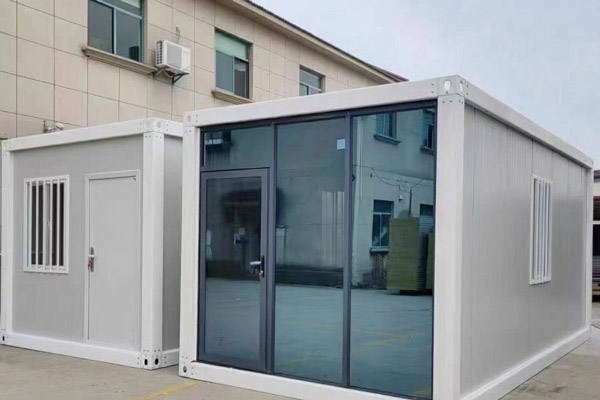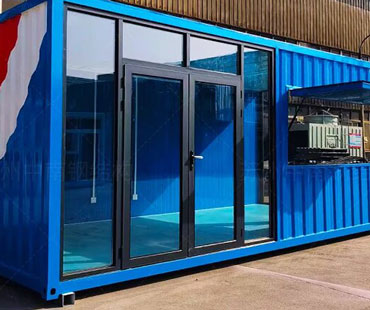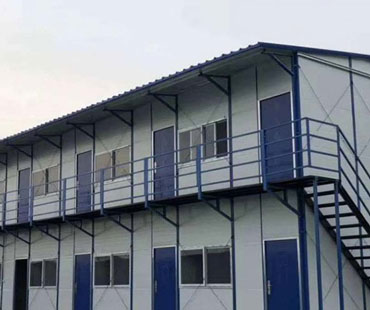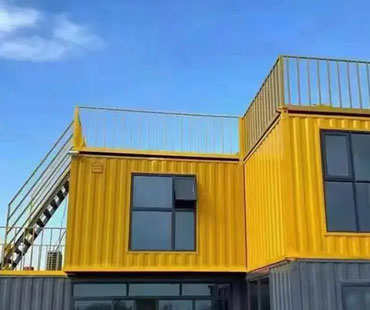In an increasingly globalized world, the demand for high-quality food and pharmaceuticals has surged. As consumers and healthcare providers alike demand products that are fresh, safe, and effective, the importance of cold chain logistics has never been clearer. Cold chain containers, designed to maintain specific temperature ranges during transportation, play a crucial role in ensuring the safety and integrity of temperature-sensitive goods.
The cold chain refers to a temperature-controlled supply chain that maintains the required temperature of products throughout the entire logistics process, from production to delivery. This process is essential for perishable goods, such as fruits, vegetables, dairy products, and meats, as well as for pharmaceuticals, including vaccines and biologics. The integrity of the cold chain is vital; even small temperature fluctuations can lead to spoilage or loss of efficacy, potentially endangering public health.
The global increase in e-commerce and consumer expectations for fresh and safe products has driven the growth of cold chain logistics. Additionally, the COVID-19 pandemic highlighted the critical importance of cold chain systems, especially for the distribution of vaccines that require strict temperature controls. As a result, both the food and pharmaceutical industries are investing heavily in cold chain infrastructure to meet these demands.
Recent advancements in cold chain container technology have significantly improved the efficiency and reliability of temperature-controlled logistics. Some of the key innovations include:
1.Refrigerated Containers: These containers are equipped with built-in refrigeration systems that maintain the required temperature throughout the journey. They are widely used for transporting perishable food items and sensitive pharmaceuticals.
2.Active and Passive Temperature Control Systems: Active systems, which rely on electricity, can continuously monitor and adjust the internal temperature of the container. Passive systems, on the other hand, use insulation and phase change materials to maintain temperature without external power. Both systems have their advantages, depending on the requirements of the cargo and the duration of transportation.
3.IoT and Smart Sensors: The integration of the Internet of Things (IoT) technology into cold chain containers allows for real-time monitoring of temperature, humidity, and other environmental factors. Smart sensors can alert logistics operators to any deviations from the desired conditions, enabling prompt corrective actions and ensuring product integrity.
4.Automated Cold Chain Solutions: Automation in cold chain logistics, including automated loading and unloading systems, is becoming increasingly common. These solutions help reduce human error and improve efficiency, allowing for faster turnaround times and better inventory management.

Ensuring Food Safety
The food industry relies heavily on cold chain logistics to ensure the safety and quality of perishable products. A breakdown in the cold chain can lead to foodborne illnesses, product recalls, and significant financial losses. By using cold chain containers, food producers and distributors can ensure that products remain at optimal temperatures throughout the supply chain, thereby extending shelf life and reducing waste.
For instance, in the seafood industry, maintaining a consistent temperature from catch to consumer is essential to prevent spoilage. Cold chain containers equipped with advanced refrigeration technology help seafood distributors meet regulatory standards and maintain high product quality.
Safeguarding Pharmaceutical Transportation
In the pharmaceutical sector, the stakes are even higher. Temperature-sensitive medications, including vaccines, insulin, and biologics, must be transported within specific temperature ranges to retain their efficacy. The rise of cold chain containers has revolutionized pharmaceutical logistics by ensuring that these critical products remain safe during transit.
During the COVID-19 pandemic, the global demand for vaccine distribution underscored the importance of robust cold chain systems. Vaccines require strict temperature control, often between 2°C and 8°C, and some even require ultra-low temperatures. Cold chain containers equipped with cutting-edge technology have been essential in facilitating the distribution of vaccines worldwide, ensuring that millions of doses remain effective until they reach healthcare providers.
Challenges in Cold Chain Logistics
Despite the advancements in cold chain container technology, challenges remain. One of the primary issues is the high cost of implementing and maintaining cold chain logistics systems. Investments in refrigerated transport, temperature monitoring technology, and staff training can be substantial, particularly for small and medium-sized enterprises.
Additionally, the complexity of managing a cold chain across multiple geographies can lead to logistical hurdles. Variability in regulations, infrastructure, and climate conditions can impact the effectiveness of cold chain operations, necessitating careful planning and coordination among stakeholders.
The rise of cold chain containers marks a significant advancement in ensuring the safety and quality of food and pharmaceuticals. As consumer demand for fresh and effective products continues to grow, the importance of maintaining a robust cold chain will only increase. By leveraging innovations in container technology, real-time monitoring, and automated solutions, the logistics industry can meet these challenges head-on, ensuring that temperature-sensitive goods are delivered safely and efficiently. As we move forward, the commitment to excellence in cold chain logistics will be paramount in safeguarding public health and enhancing food safety across the globe.


